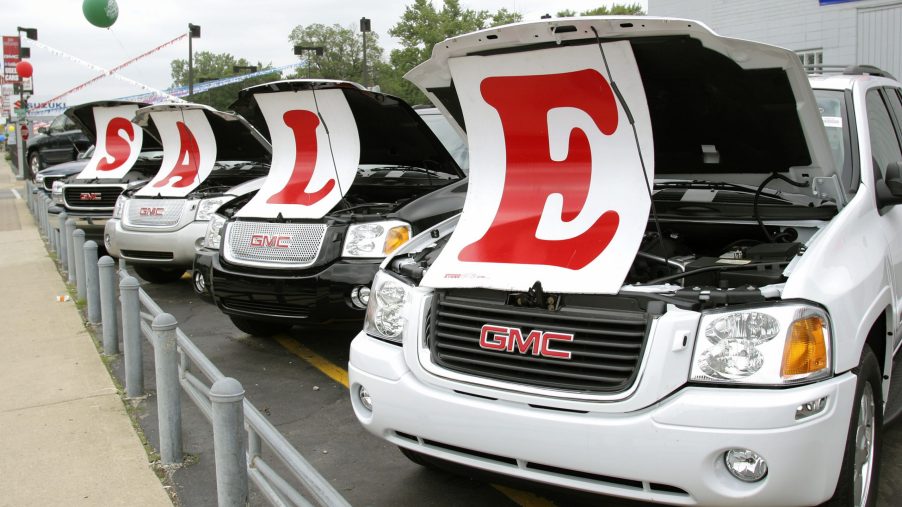
Report: Despite Appearances Automakers and Dealers Love the Microchip Shortage
The idea that auto manufacturers and dealers are happy about the microchip shortages flies in the face of logic. And in the short term, it has been an incredible disruption for both. But without you even realizing it, the way people buy vehicles is in the process of radical change. And those changes mostly benefit dealers and manufacturers.
The double whammy of the effects of the COVID pandemic, and the resulting chip shortage, have not been easy for automakers. And both will continue to be affected into next year. Production stoppages, parts shortages-sometimes affecting recalls, little dealer inventory, vehicles manufactured without some features, it has not been a walk in the park.
Big changes due to the microchip shortage
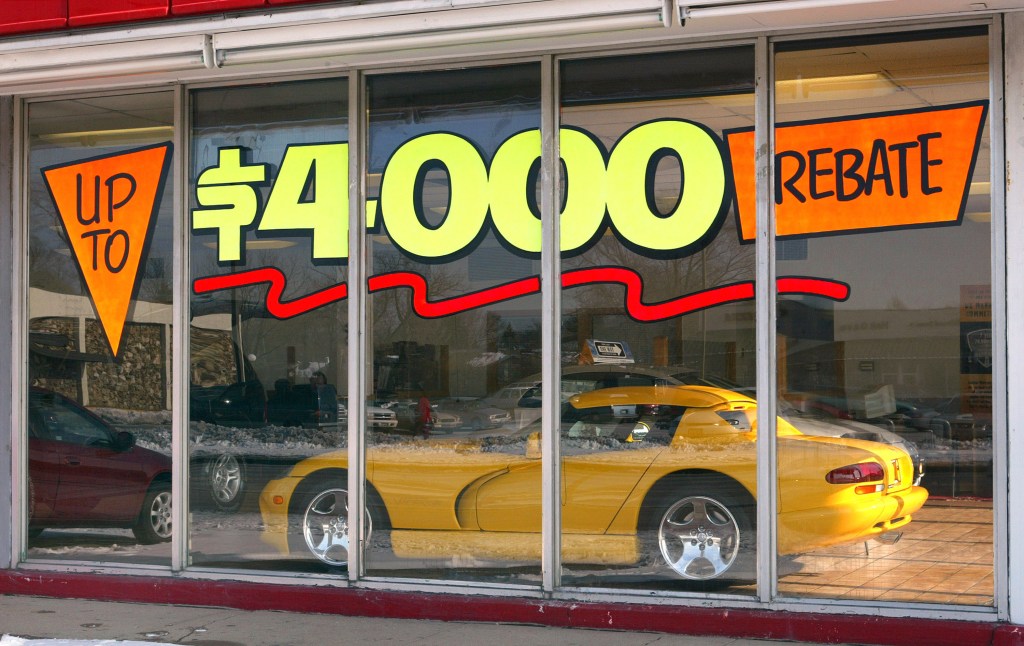
But behind the scenes, they’re all benefitting handsomely, especially in terms of profit. For starters, as the esteemed AutoExtremist Peter DeLorenzo points out, dealers and manufacturers “are making money hand over fist.” The first thing missing from auto sales today is rebates. They’re gone.
With the limited availability of new products, there’s no way manufacturers need to impose those money-losing rebates. Vehicles are not only being snapped up at dealerships, but reservations are becoming the norm. That’s another fundamental change happening right now.
All of this translates into high transaction prices, putting more money in everyone’s pocket. Except, that is, for the customer. But without metal on the lots, dealers have been hurt. But that is only short-term. Vehicles sitting on lots, waiting for buyers, cost dealers plenty.
Flooring costs are gone too
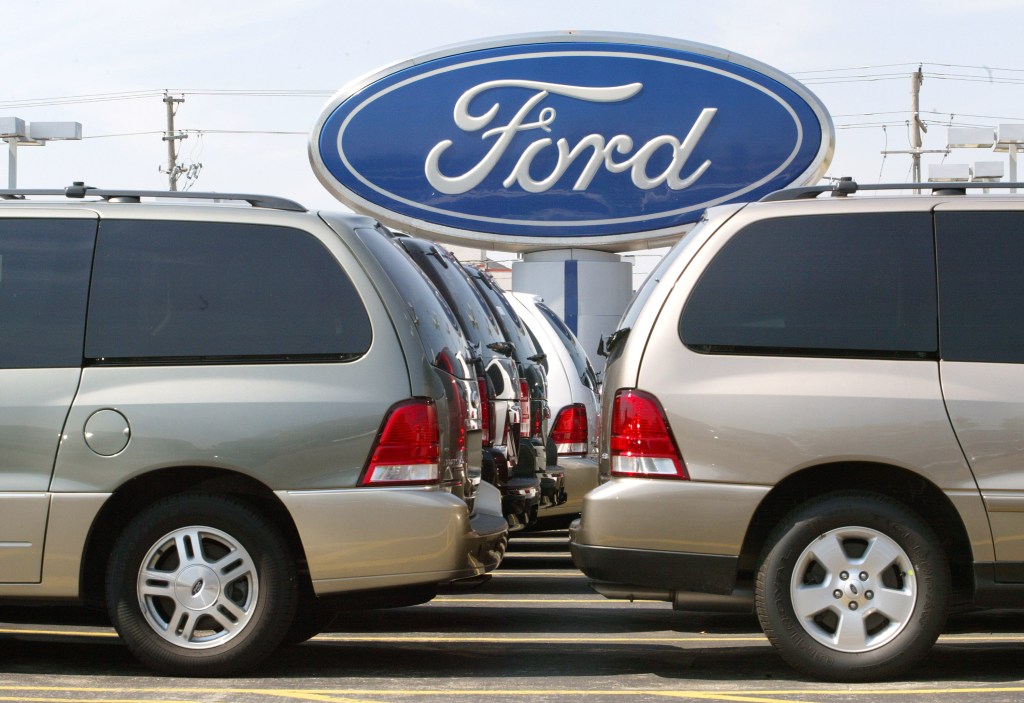
They’re called “flooring costs” or “floor plan” It is the bank loan that dealers pay to finance inventory. There is a standard formula to determine the amount. And if a vehicle sits on the lot for two or three months, those flooring costs keep right on coming.
Manufacturers do provide some money, which is called a “dealer holdback.” This represents about two to three percent of the MSRP. But no matter how you look at it, if a vehicle sits, dealers pay. With little inventory, those costs have been reduced significantly.
Reserving a vehicle means not time sitting at the dealer. But, in some ways, this is also good for the customer. Granted, they have to wait, but they also don’t have to accept whatever colors or options are on their vehicle of interest. Now, they get exactly what they want.
The Microchip shortage means no more negotiating
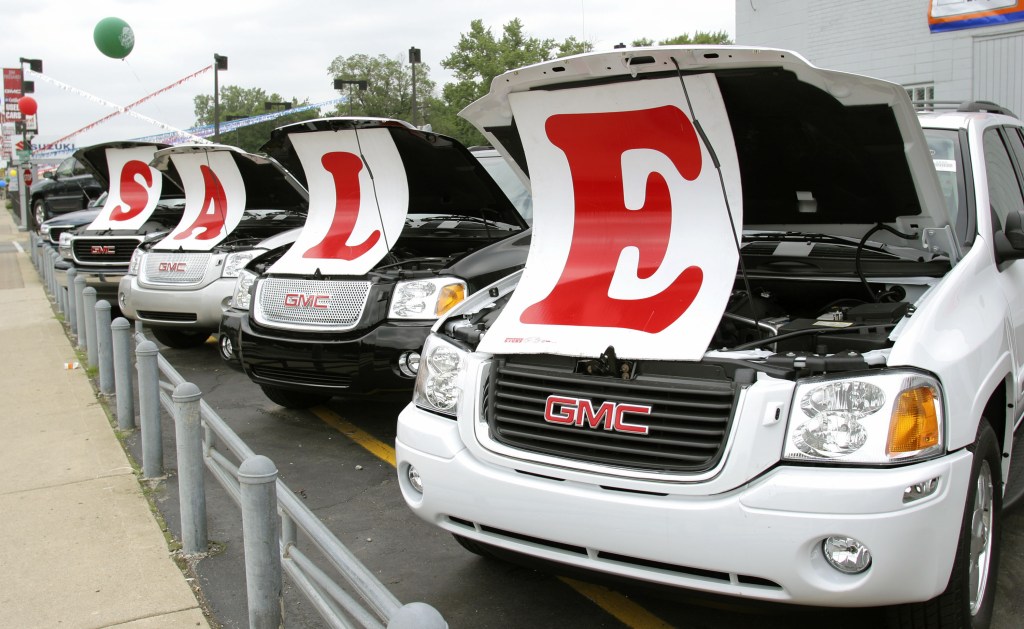
But this also means no negotiating. The price you pay to reserve your new car or truck is what the manufacturer wants. So the “no dicker sticker” is definitely here to stay, putting a lot more money in the hands of manufacturers and dealers alike.
The microchip shortage has not stopped one old habit that keeps getting revived; dealer gouging. It is more prevalent now than ever, affecting prices of Ford Broncos and F-150 Lightnings, to Corvettes and Ram Power Wagons. If a dealer has a hot product coming in, there could be an added “dealer markup.” Let’s call it what it is, dealers taking advantage of buyers.
Both Ford and GM have very publicly come out against the practice. When someone with faith in the company and dollars ready to be paid through a reservation, is told their new truck will cost more than they bargained for, the manufacturers know dealer markups can obliterate that trust. But it is happening. If the buyer doesn’t want to pay the unexpected add-on, the dealer had five other customers waiting to pay for it.
What are manufacturers doing with these newfound profits?
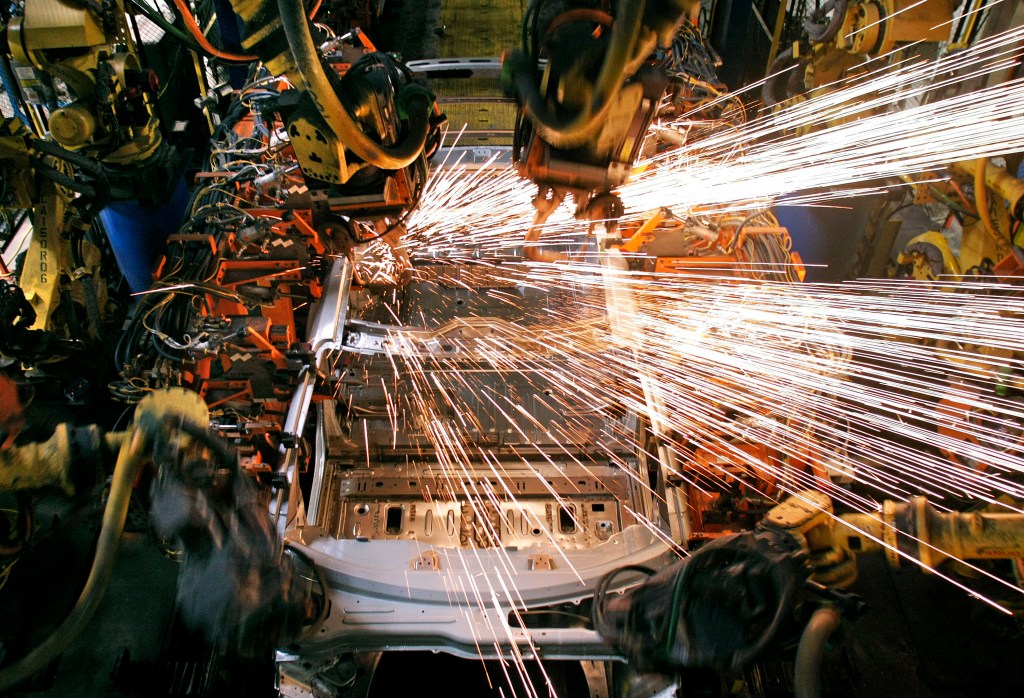
So where is all of this newfound capital going? Mostly, it is helping to finance the other thing fundamentally changing the auto industry; electrification. Manufacturers are scrambling to be the next big thing with their EV lineups. This shift away from being “manufacturers” to becoming “technology companies,” is a boon for new investment to companies in the billions of dollars.
But it is also costing billions upon billions to jumpstart the EV revolution. But car companies know they only have limited time to position themselves for the inevitable regulations mandating EVs, as well as consumer demand which is rapidly picking up steam. Just like the 1950s, when automakers not producing a V8 were gone by the end of the decade, those with inferior EVs, or none at all, risk the same fate.
Automakers know the fates of Hudson, Nash, Packard, and Kaiser
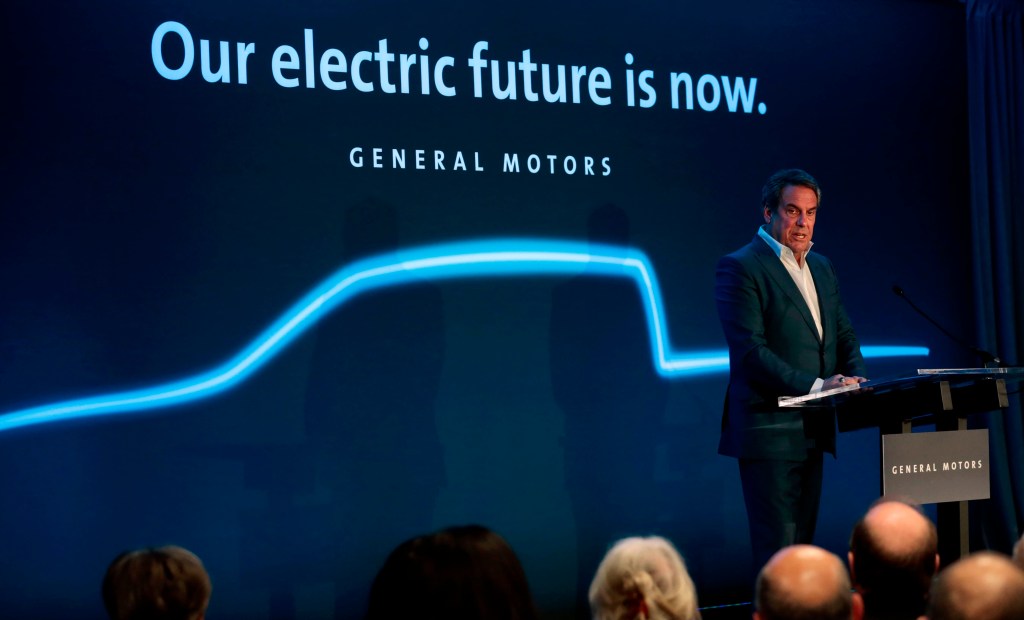
Hudson, Nash, Packard, and Kaiser, were all gone by 1959. Yes, Packard had a V8, but it was too late to do any good. It’s straight-eight soldiered on exclusively into 1954. By 1955, when the V8 was introduced, Packard sales had fallen off a cliff. So it is now or never for carmakers.
So all of this is a seachange for manufacturing and selling new cars and trucks. You’re living through it right now. Whether you like it or not.



